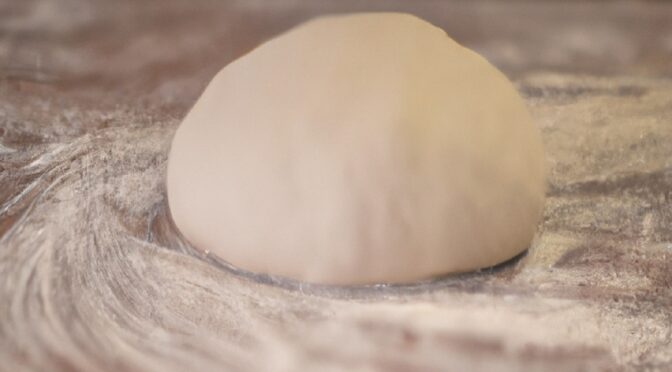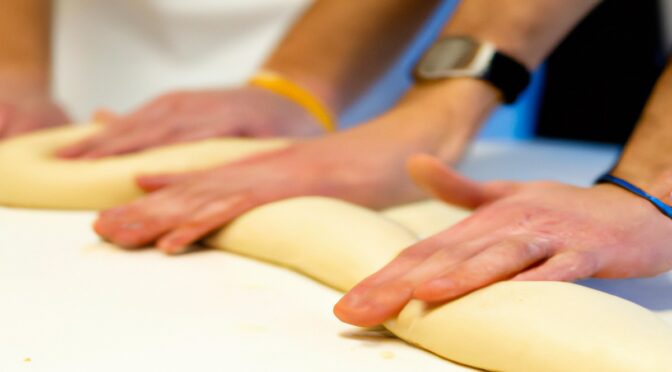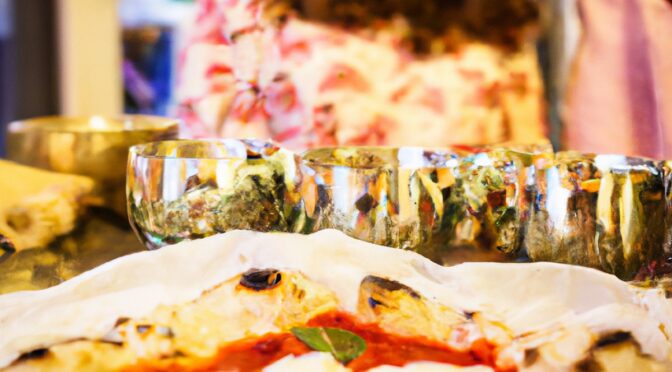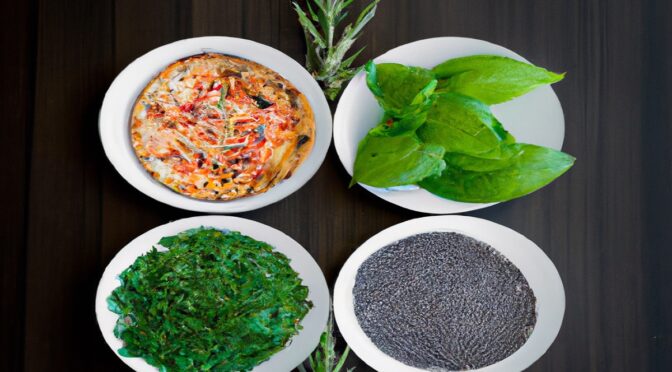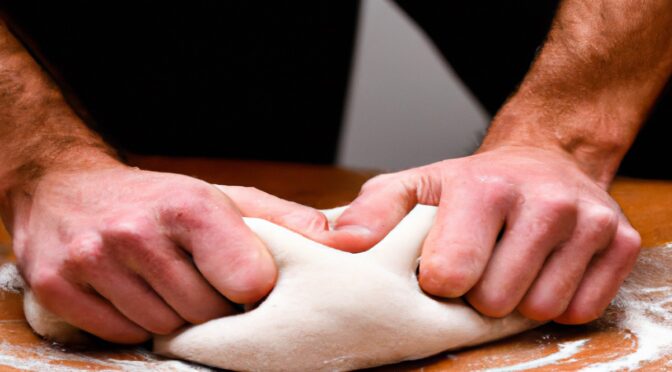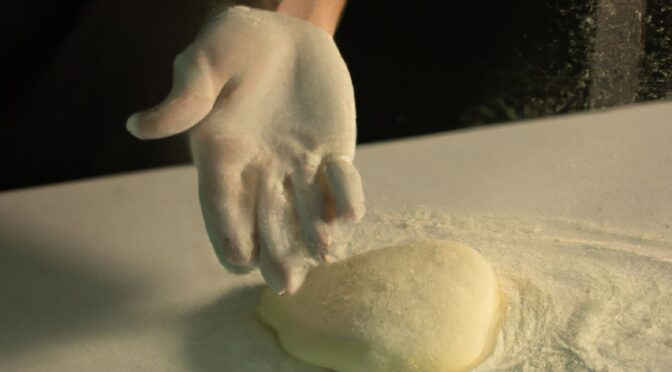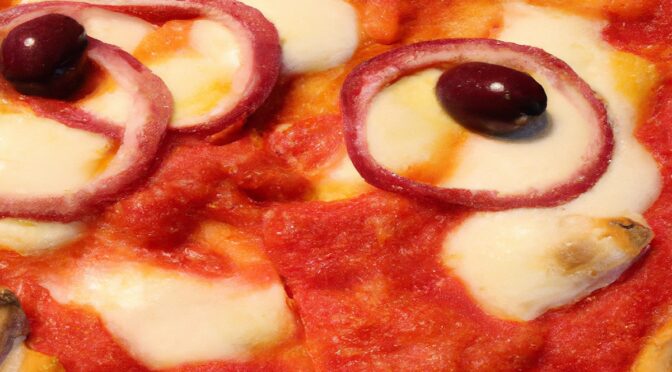The strangest pizzas in the world: a culinary journey
When we think of pizza, we imagine a crunchy dough base, covered with tomato sauce, mozzarella and some ingredients to taste. However, in the vast world of catering, the variations of this beloved dish are infinite and often surprising. Ready for a culinary journey to discover the strangest pizzas in the world? Fasten your seat belts, let's go!
Crocodile Pizza – Australia
We start our journey from Australia, where a local pizzeria decided to break all the mold with its crocodile pizza. Yes, you got it right! Crocodile meat is the main ingredient of this exotic creation. The taste? Similar to chicken, but with a denser texture and a slightly salty aftertaste. If you are looking for a new gastronomic adventure, this is the pizza for you.
Cuttlefish ink pizza – Italy
On the other side of the world, in Italy, we find a pizza that is as strange as it is delicious: squid ink pizza. Its distinctive feature is the dough, colored an intense black thanks to squid ink. The marine flavor of the ink goes perfectly with the fresh seafood used as a topping. A true masterpiece of dough preparation and pizza cooking that conquers all the most demanding palates.
Chocolate Pizza – Brazil
Let's now move on to Brazil, where sweetness meets Italian tradition in chocolate pizza. This pizza is perfect for those who can't resist desserts. The basis is the classic one, but instead of tomato sauce we find a generous spread of chocolate cream. Some variations also include fresh strawberries, nuts or ice cream. An irresistible delight for the sweet tooth.
Pizza with Grasshoppers – Mexico
If you thought the crocodile was strange, wait until you hear about grasshopper pizza from Mexico. In some Mexican pizzerias, you can order a pizza topped with these crunchy, protein-rich insects. The flavor is described as a combination of nutty and shrimp, with a texture that adds a unique touch to the dining experience.
Pizza Sushi – Japan
In Japan, the love for sushi has given life to a pizza that combines two of the greatest culinary passions in the world: sushi pizza. This pizza has a rice base instead of the classic dough and is garnished with raw fish, algae, avocado and other typical sushi delicacies. The result is a perfect fusion between Italian and Japanese cuisine, ideal for those who love experimenting with new flavours.
Pizza Burger – United States
At Last, we couldn't fail to mention the United States, home of the most daring culinary innovations. who, one of the strangest pizzas is definitely the pizza burger. Imagine a pizza base covered with everything you would find in a classic hamburger: beef, cheddar cheese, lettuce, tomato, onions and even typical sauces. A combination that combines two icons of American cuisine in a single dish.
Join Silvio Cicchi's Pizza School
If this roundup of strange pizzas has made you want to test yourself as a pizza chef, we have an unmissable offer for you. Sign up for our pizza maker courses that we organize in our Silvio Cicchi pizza school. You will learn all the secrets of preparing dough and cooking pizza, discovering how to create not only traditional pizzas but also the most innovative and strange ones.
We conclude with a Special Invitation
Thank you for accompanying us on this journey through the strangest pizzas in the world. We greet you with affection and invite you to visit and subscribe to my YouTube channel, where you will find more of 300 videos of pizza recipes prepared by pizza chef students who enroll in our courses. Keep experimenting in the kitchen and who knows, maybe the next strange pizza that will conquer the world will be yours!
Greetings from Silvio Cicchi.



